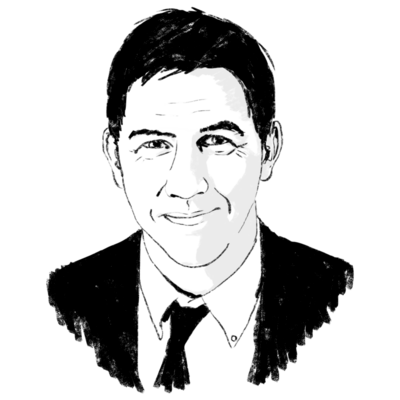When I Am Playing With My Cat, How Do I Know She Is Not Playing With Me?
Loading...
In 1570, at the age of 37, the French nobleman Michel de Montaigne retired from public life, retreated to the tower library of his rural chateau, and invented the personal essay – a tool he used to chronicle his views on everything from theology to household smells to cannibalism, along with disquisitions on fear, prayer, sleep, moderation, sadness, solitude and books. He even threw in an essay on thumbs for good measure.
Although they were first published more than four centuries ago, Montaigne’s essays can seem as topical as the morning newspaper. As more than one admirer has discovered, Montaigne’s essential gift – the art of conversation rendered on the page – is a timeless one.
With all that in mind, readers can easily overlook the fact that Montaigne’s essays did, indeed, originate from a particular place in a particular time. In When I Am Playing With My Cat, How Do I Know She Is Not Playing With Me?, author Saul Frampton tells the story of how history, culture, and personal genius conspired to create a new literary genre – and a literary master for the ages.
The title of Frampton’s book is a quote from Montaigne, who was speculating about the nature of animal intelligence, asking who was really the master in the human-pet relationship.
It’s the kind of question that seems thoroughly mainstream in today’s world of doggie hotels and feline spas. But in Montaigne’s day, as Frampton points out, animals were widely regarded as unfeeling and inert, and Montaigne’s suggestion that spiders, swallows, and cats might actually have something to teach humanity showed a writer who was “remarkable for his intellectual independence.”
Montaigne’s intellectual bravado is a running subject of Frampton’s book. As France was fraying into civil war between Catholics and Protestants, Montaigne argued for tolerance, noting that “it is putting a very high price on one’s conjectures to have a man roasted alive for them.” How true, as we continue to live in the shadow of 9-11. In a musing that also seemed to anticipate the current implications of the war on terrorism, Montaigne wondered about the usefulness of torture as a tactical device: “For why should pain sooner make me confess what is, than force me to say what is not?” Montaigne seemed equally prescient in his suggestion that someone should invent what would later become the battlefield tank.
Frampton hints at another contemporary theme in the subtitle of his book, “Montaigne and Being in Touch With Life.” The phrasing seems lifted from the lexicon of personal therapy, a discipline in which Montaigne was also something of a period pioneer. Mourning the death of his father, daughter, brother, and best friend, Montaigne initially retreated to his tower to wait quietly for his own death, but he soon became agitated. Without his own Dr. Phil at hand, Montaigne used his essays as an alternate form of exploration and renewal. Remarking on the imaginary “chimeras and fantastic monsters” that populate his thoughts, Montaigne says that “in order to reflect on their stupidity and strangeness at leisure, I have begun to put them in writing, hoping to make my mind ashamed of itself.”
If all of this sounds shamelessly self-indulgent, Montaigne manages to pull it off because he draws a personality in which we can also see ourselves. His self-portrait also endures because it’s colored by the concrete features of a lively and tangible life.
“Montaigne’s writing is an attempt to return home, to come close to himself, to shadow himself as he climbs the stairs to his library and sits in his chair,” Frampton writes. “But from there he reaches out to the reader in a gesture that is quintessentially social, introducing himself to ourselves, though not simply in terms of his thoughts but in terms of his house and his vineyards, his books and his writing, his handshake, his smile, and his chestnut-brown hair.”
Frampton’s book follows Sarah Bakewell’s recent, equally winning study, “How to Live – Or – A Life of Montaigne in One Question and Twenty Attempts at an Answer.” Each book is perceptive in its own way, with each author finding new inflections on similar themes in Montaigne’s essays.
Taken together, of course, these two books naturally lead the reader to a third one: the Montaigne essays themselves. They’re still in print after all these years, and Frampton, quoting Flaubert, tells us why: “He will calm you . . . You will love him, you will see.”
Danny Heitman, a columnist for The Baton Rouge Advocate, is the author of “A Summer of Birds: John James Audubon at Oakley House.”
Join the Monitor's book discussion on and .





